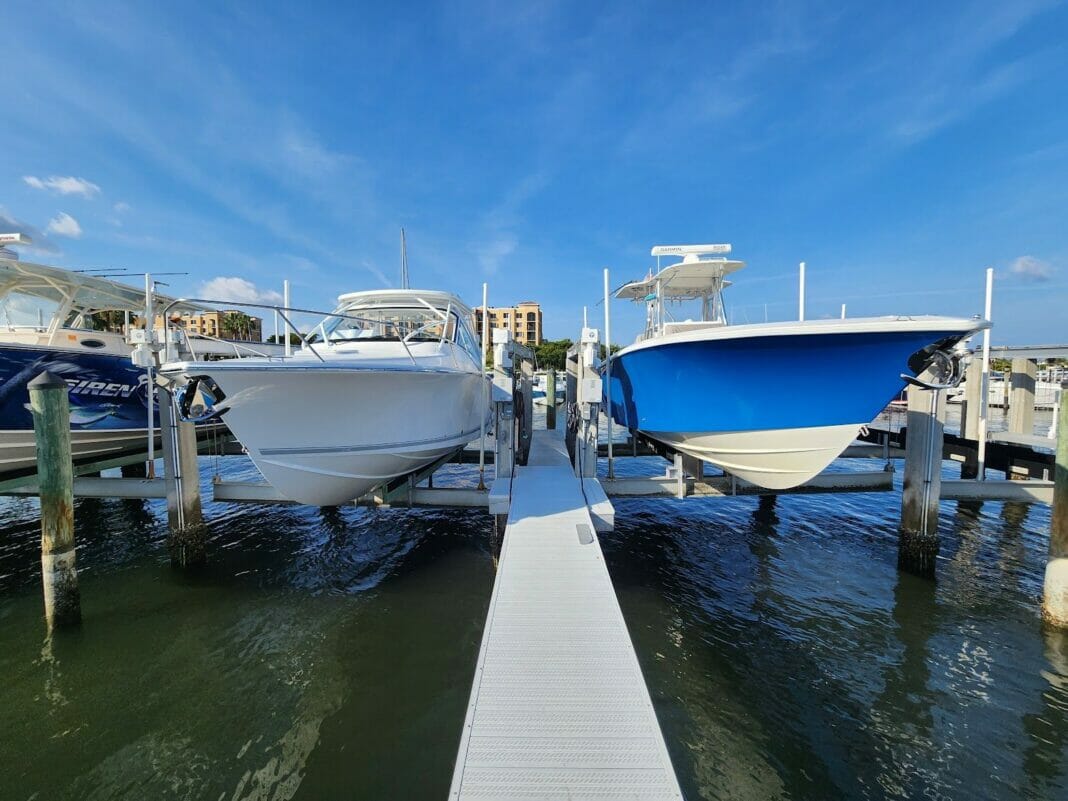For inexperienced sailors and passionate boating aficionados alike, mastering the concept of boat draft is not only crucial for improved safety and navigational skills but also instrumental for enhancing their overall boating experience. This article seeks to provide an extensive understanding of boat draft, its relevance to diverse vessels, and its close relationship with water depth, load disposition, and boating safety. Additionally, it will offer helpful tips to maintain an optimal draft and manage potential risks that could arise from poor draft management.
What Exactly is Boat Draft?
Boat draft, in essence, refers to the measurement of how deep a vessel’s hull extends below the waterline. In other words, it portrays the minimum depth of water needed for the boat to float without touching the bottom. This depth varies significantly among different types of boats, ranging from a few inches for small fishing boats to several meters for cargo ships or luxury yachts.
The draft measurement is critical for many reasons, including safe navigation through shallow waters, avoiding underwater obstructions, and determining appropriate mooring locations. Furthermore, a boat’s draft intertwines with its overall performance, stability, and weight-carrying capacity.
Types of Draft Measurements
There are three primary draft measurements that boaters should be familiar with:
1. Static Draft: Also known as a boat’s resting draft, this measurement reflects the depth of the hull submerged in water when the boat is stationary and unladen (empty of load and passengers). It serves as a starting point to assess a vessel’s potential draft changes.
2. Loaded Draft: This measurement, as the name suggests, is the draft of a vessel when laden with passengers, cargo, and fuel. The added weight consequently lowers the boat in the water and increases the draft. Boaters should take note of their boat’s recommended load carrying capacity, which also affects the draft.
3. Dynamic Draft: This draft is the ever-changing measurement when a vessel is in motion. Factors like speed, angle, and wave conditions can all impact a boat’s dynamic draft at any given moment.
Draft and Boat Type
Different boat types have varied drafts due to diverse shapes and hull designs. Let’s have a brief look at some common boat types and their corresponding draft range:
- Sailboats: Also known as “keelboats,” sailboats generally possess a deeper draft because of their keel – a flat blade extending below the hull that keeps the boat balanced in the wind. Draft ranges widely among sailboats, from as little as 4 feet to well over 6 feet.
- Powerboats: This category includes motorboats, yachts, and speedboats with a shallower draft than sailboats, ranging between 2 or 3 feet, making them more suitable for inland waterways or shallow water regions.
- Catamarans: These unique, dual-hulled boats are renowned for their shallow draft, often as little as 1.5 feet, allowing them to access shallow water areas or sail closely to the shoreline.
The Importance of Boat Draft Management
Efficient boat draft management is essential for both safety and performance reasons. Here are some significant factors for consideration:
1. Navigating shallow waters: Accurate knowledge of your boat’s draft is critical to determining whether or not it’s safe to navigate particular shallow water channels or near shorelines, preventing the hull from striking underwater obstructions or causing inadvertent grounding.
2. Boat performance: What goes down must indeed come up. Too much draft can reduce a boat’s performance, cause drag, and lower the top speed, while too little draft may compromise its stability and make it vulnerable to capsizing.
3. Load carrying capability: Be sure to consider the boat’s carrying capacity to maintain an optimal draft while sailing. Overloading the vessel can significantly affect its draft, performance, and safety.
4. Mooring and harbor arrangements: Draft measurements can prove invaluable for mooring decisions and choosing appropriate marinas with adequate depth to accommodate your vessel.
Tips for Maintaining Optimal Draft
- Always know the current draft measurement when navigating, especially for places with varying water depths.
- Regularly monitor and check the load levels and balance to ensure the boat remains stable and safely within the recommended carrying capacity.
- Stay updated on tide fluctuations, as they impact water depths and draft requirements.
- Practice proper boat maintenance (including anti-fouling measures and hull cleaning), which can impact the hull’s hydrodynamics and draft.
Understanding boat draft fosters improved safety, performance, and convenience for boaters navigating diverse waters. As with many aspects of boating, knowledge, preparation, and respect for the water are crucial to minimizing the likelihood of accidents and maximizing your enjoyment of time spent on the water.


